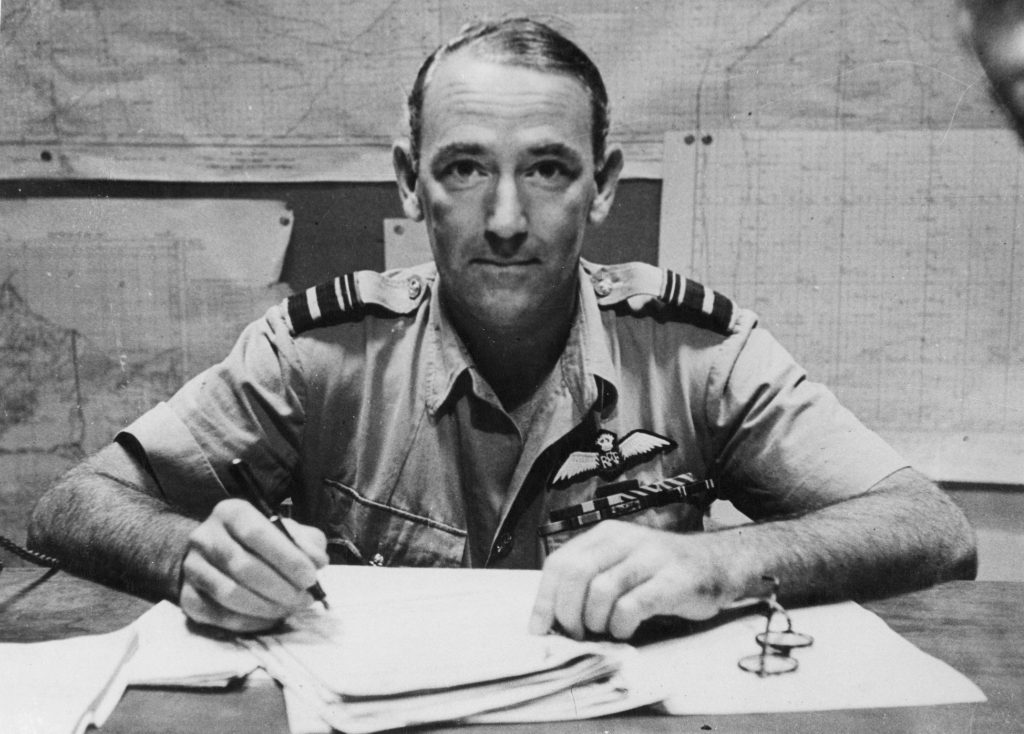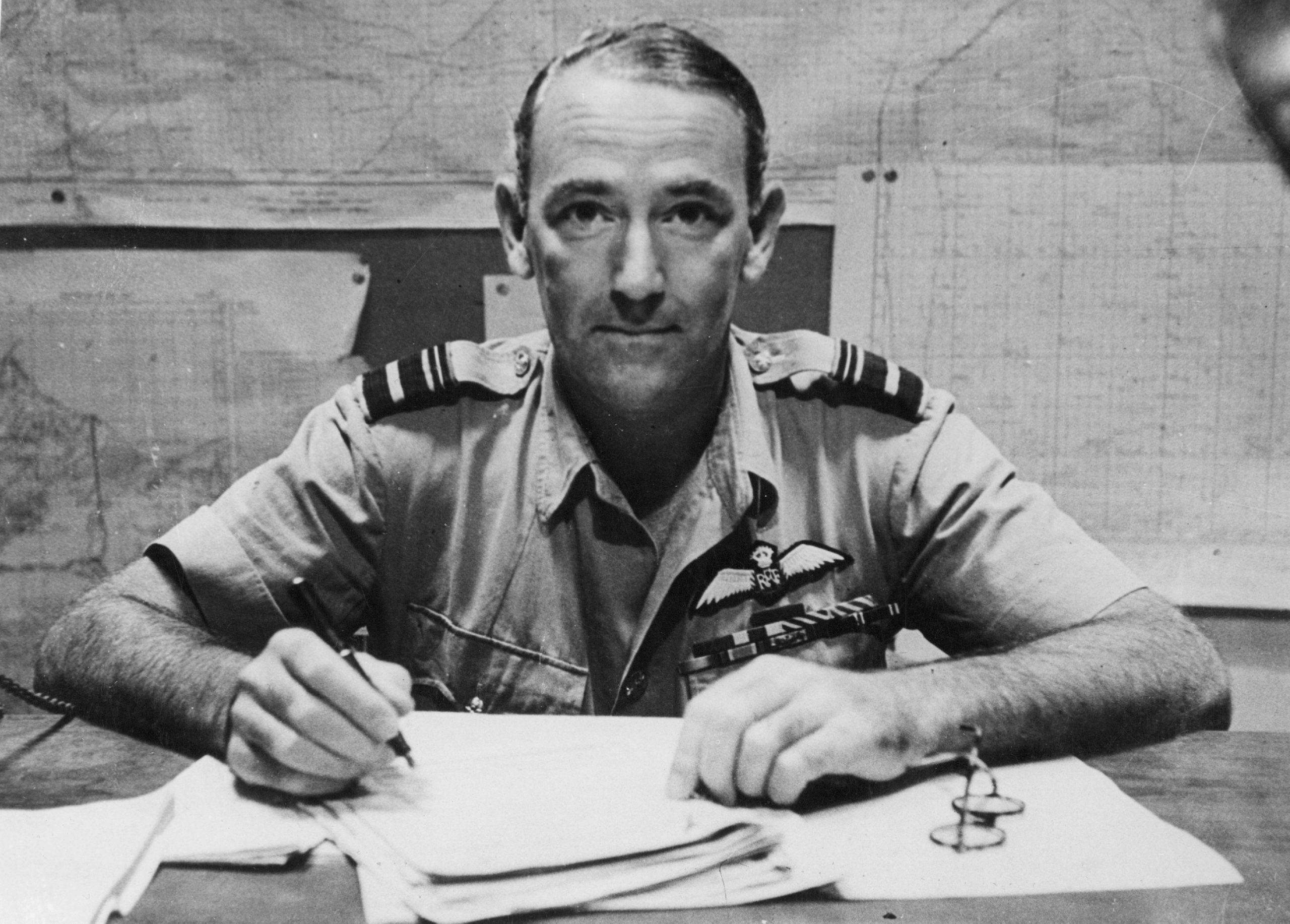A key figure in the history of the Royal Air Force (RAF) in World War Two, Sir Arthur ‘Mary’ Coningham is almost unknown to most New Zealanders today. As the overall commanding officer of 2nd Tactical Air Force, he was responsible for planning and supporting the D-Day operation by air.

Sir Arthur Coningham while commanding the Desert Air Force, c 1942. Image MUS0901410
Coningham was born in 1895 in Australia but soon moved to New Zealand. He served with the Canterbury Mounted Rifles in Samoa, at Gallipoli and in Egypt. In 1916, he transferred to the Royal Flying Corps and became a fighter pilot, ending the war in charge of a squadron. His curious nickname ‘Mary’ comes from several theories, but it is usually suggested to pertain to ‘Māori’ because of his New Zealand background.
Between the wars, Coningham held senior positions in the RAF but 1939 saw him in Command of No. 4 Group of Bomber Command, based in Yorkshire.
Coningham’s big break came in 1941, when he took command of the RAF’s Western Desert Air Force in Libya and Egypt. His success in developing effective tactics and co-operating with the 8th Army saw him knighted in 1942. He later fulfilled similar roles in Tunisia and the invasions of Sicily and Italy.
He took command of the 2nd Tactical Air Force in January 1944 until the final defeat of Germany in May 1945, commanding nearly 2,000 aircraft and 100,000 men. Coningham used much of the experience from the desert war to apply his forces in a similar way, providing close support for ground troops and harassing the enemy’s lines of supply.
He left the RAF in 1947. In 1948, on a flight between the Azores and Bermuda, Coningham’s aircraft went missing and he was lost.





